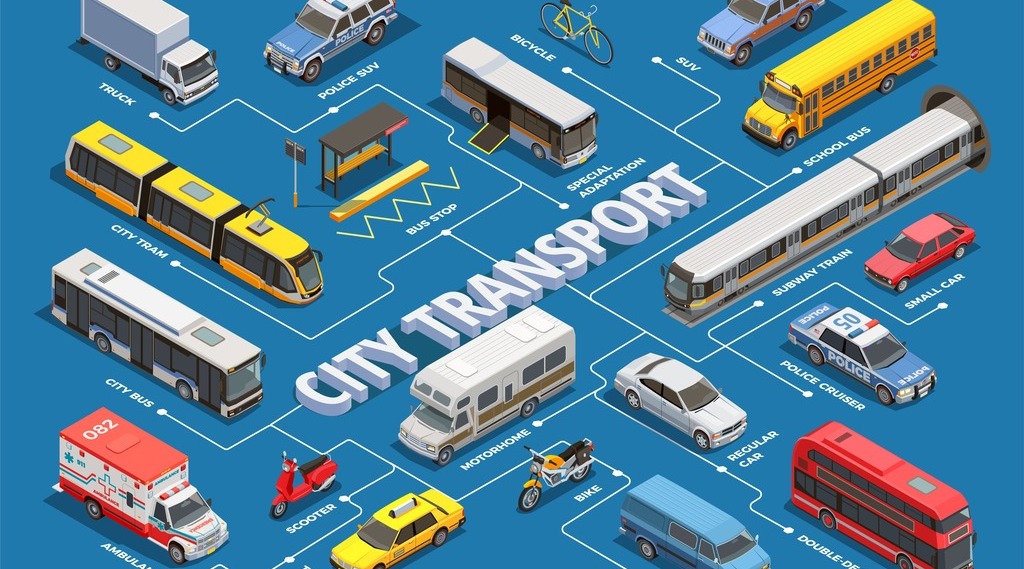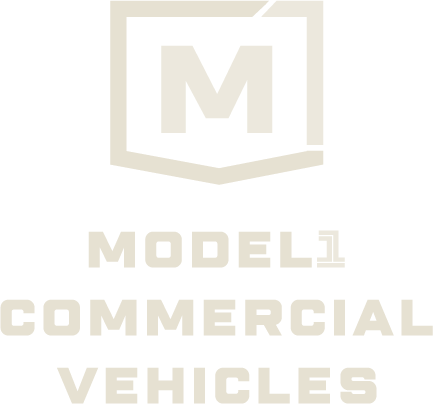News
The Microchip Supply Shortage: The Predicted Impact on the Transit Industry

The microchip supply shortage has already begun affecting the transit industry. The many contributing factors to the production crisis are detailed here and below we cover predictions for how the transit industry may be impacted in the years to come.
WHAT’S ALREADY HAPPENED
BEFORE THE PANDEMIC
Pre-2020, the vehicle industry was already facing issues. There were simply more orders for vehicles than could be fulfilled. Estimates put the order backlog at about 3,000 orders per year between 2016 and 2020.
DURING THE PANDEMIC
In 2021, the order backlog spiked to around 11,000!
Vehicles, including buses, became more expensive. Disruptions to the global supply chain led to vehicles becoming more scarce. The shortage is so severe that it could take years to get a specific bus model. The current challenge is getting the inventory, which will then be sold at a bus dealership and available for companies needing to expand their fleet.
The current supply chain shortage is the biggest event to impact the transit industry in recent years. While we are already seeing the immediate effects, there will also likely be long-lasting effects.
PREDICTIONS FOR THE TRANSIT INDUSTRY
The main prediction is that the order backlog will continue to get drastically worse.
In February 2022, the customer demand was estimated to be around 12% higher than the achievable light vehicle production. This disparity is predicted to get even worse due to the Ukraine invasion (which you can learn more about the related impacts here).
Estimates for the vehicle order backlog are as follows:
- For 2022: A 16,000 order backlog.
- For 2023: a 21,5000 order backlog
- For 2024, a 24,750 order backlog.
- For 2025, a 26,625 order backlog.
Even predictions using conservative numbers have a shocking statement: by 2025, the backlog could be twice as large as the number of vehicles delivered!
THE IMPACT ON BUS FLEET OWNERS
WHEN BUYING A BUS
Buying a bus will likely become more expensive. It’s predicted that buses could cost as much as 20% more than usual. There may also be changes to purchasing incentives, such as rebate programs.
Buying a bus will likely also become more challenging. Bus dealerships may have a limited inventory – or even no available buses for sale for a period of time.
WHEN MAINTAINING A FLEET OF BUSES
It will likely become more expensive to modify existing buses. Given the shortage of materials such as steel and plywood, maintaining and modifying buses is likely to become more costly.
Proactive bus maintenance will likely become more important as a way to delay the need of buying a bus.
Looking to buy a bus? Time may be of the essence. Bus prices may continue to rise and certain models may become increasingly difficult to find. Consider shopping with Creative Bus Sales. As the nation’s largest bus dealer, we carry a variety of models. See our available buses online or at one of our many dealerships. We proudly serve those throughout the United States.

